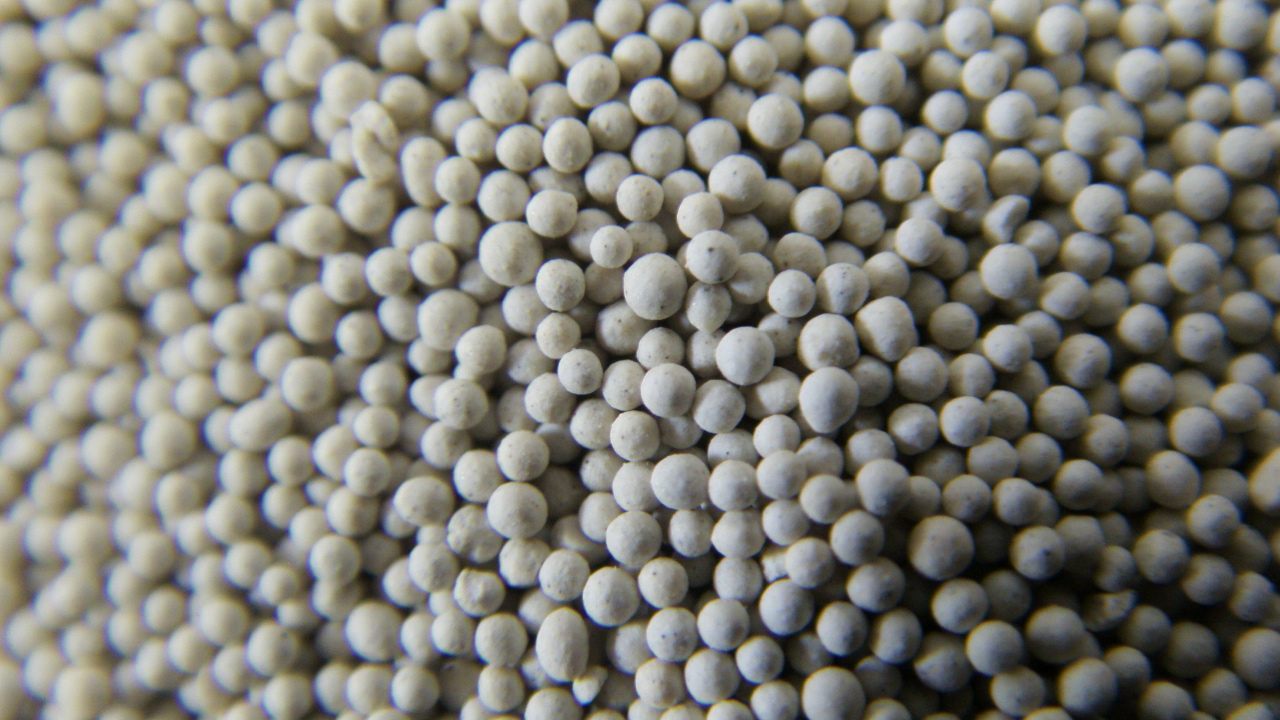How Long Does Sand Casting Take?
Sand casting is one of the oldest and most versatile methods for producing metal parts and components. It is a process that involves creating a mold from sand and then pouring molten metal into it to form various shapes and sizes of parts. One of the common questions many have regarding sand casting is how long does the process take? The duration of sand casting can vary significantly based on several factors, including the complexity of the part, the type of sand used, the melting process, and the skill of the foundry workers.
Mold Creation Time
The first step in the sand casting process is creating the mold. This involves forming two halves of a mold, known as the cope and drag. If the part design is straightforward and does not require complex cores, this step can usually be completed in a few hours. However, if the part contains intricate features or multiple cores, the time required for mold creation can extend to days. A skilled operator can prepare a simple mold in about 1 to 2 hours, but more elaborate molds may require additional time for sculpting, drying, and cleaning.
Preparation and Melting Time
Once the mold is ready, the next phase involves melting the metal that will be poured into the mold. The time needed to melt the metal depends on the type of metal chosen and the capacity of the furnace. For instance, aluminum can be melted relatively quickly, often within 1 to 2 hours, while more heat-resistant metals like steel or iron might take longer, sometimes up to 4 hours or more. The time taken for this step is essential, as proper melting ensures the quality of the final product.
Pouring and Solidification Time
how long does sand casting take

After the metal has reached the desired temperature, it is poured into the mold. The pouring process itself is usually swift, often taking just a few minutes. However, the cooling and solidification time of the molten metal can vary significantly depending on the alloy and the thickness of the casting. Thin sections may cool and solidify in as little as 10 to 30 minutes, while thicker sections can take several hours to fully harden.
Mold Removal and Finishing Time
Once the metal has solidified, the next step is to remove the casting from the mold, which typically takes another couple of hours. The cast part must be cleaned to remove any sand and excess material, a task that can take additional time. This finishing process may involve machining, grinding, or polishing, depending on the desired surface finish and tolerances required for the final application. Depending on these needs, finishing can add anywhere from a couple of hours to several days to the overall production timeline.
Total Time Considerations
In summary, the total time taken for sand casting can range widely. For a simple casting involving a straightforward mold and quick cooling, the process might be completed in a single day. However, for complex castings requiring detailed molds, longer melting times, and extensive finishing, the total duration could extend to several days or even weeks.
Ultimately, each sand casting project is unique, and companies often must balance the time taken against cost and the required quality of the final product. Thus, understanding these factors can help manufacturers set realistic timelines and expectations for their sand casting projects, ensuring efficiency in both workflow and production output.
Post time:Jul . 25, 2024 14:13
Next:Exploring Various Applications of Resin Coated Sand in Modern Industries and Construction Projects
